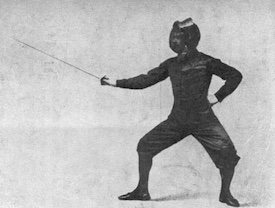bfreedma
The Hornet!
- Joined
- Feb 3, 2012
- Posts
- 3,389
- Likes
- 2,798
Nope.
I've seen plenty of measurements showing how larger drivers change their parameters over the first few hours... sometimes significantly.
And no speaker designer I know would take measurements without letting the driver run overnight first.
(Obviously whether a given measured change will be audible depends on many factors.)
Since the drivers in headphones operate according to the same mechanical principles, it seems reasonable to assume that they would be subject to similar effects.
However, very few folks have bothered to attempt to perform any proper tests, and there seems to be little interest in doing so.
(Even headphone manufacturers seem to disagree about whether the effect is sigificant or not.)
Of the few tests run - there seem to have been a few that concluded that there are measurable differences - at least with some headphones.
However, none were done with any significant number of different models, or with more than one or two test subjects.
And, even then, the results of listening tests seem to have been inconclusive.
Headphone sound is also affected by their fit, which changes slightly every time you put them on, and makes comparisons even more difficult.
(It's also possible that, as with full size speaker drivers, different models may be affected quite differently.)
Therefore, with a specific model of headphone, I wouldn't presume to know if there will be any sort of burn-in effects or not.
If I were trying to take measurements, I would probably allow a headphone to burn in overnight, simply to eliminate the possibility that they might change.
(If a change occurs after you take measurements, then your measurements will be wrong; but, if no change occurs, then no harm done.)
https://www.jabra.com/blog/headphone-burn-in-fact-or-fiction/
https://www.tested.com/tech/accessories/459117-science-and-myth-burning-headphones/
Since the construction of headphones varies considerably...
I suggest that anyone requiring a specific answer test the particular model they are interested in...
(Personally I don't care enough to bother.)
Here we go again - you make a claim then refuse to support it beyond posting that "you've seen plenty of measurements", none of which you can produce. And that you "don't care enough to bother". So essentially, your original post seems to be forum trolling (since you don't have supporting evidence and don't care enough to bother).
What makes this a bit more interesting is that your organization builds and sells speakers. Does Emotiva "burn in" their speakers or not? If so, then there must be a reason and you would presumably have the data to support it - both for initial burn in and long term use. A simple set of pre and post burn in FR graphs would be a great start. Adding a CSD waterfall would be even better.
Since you claim this phenomenon is "especially noticeable with ported speakers" and your company produces ported speakers, you surely must have supporting data...
Last edited:






















